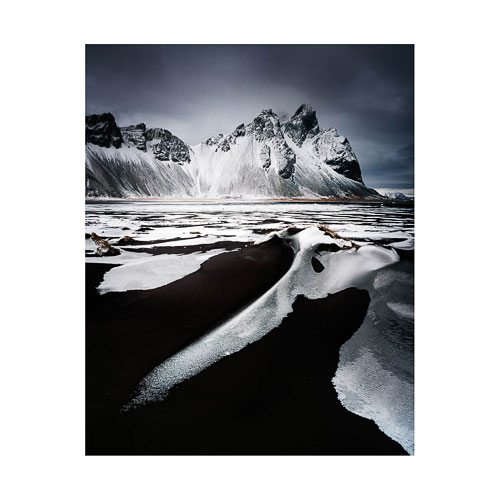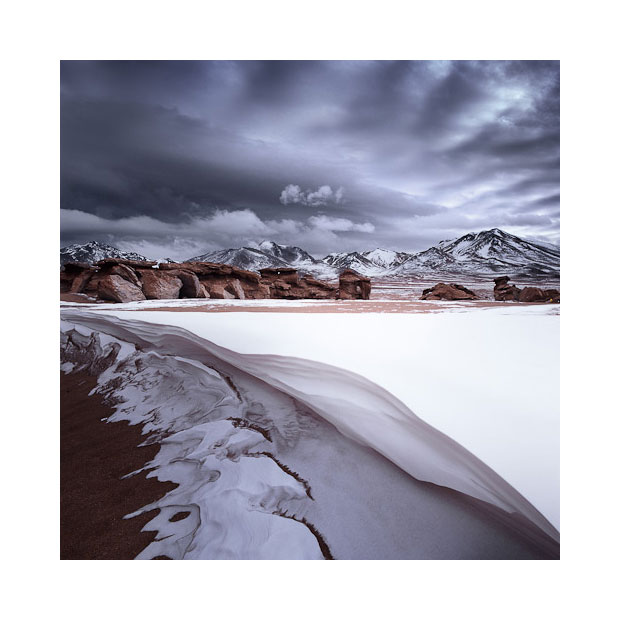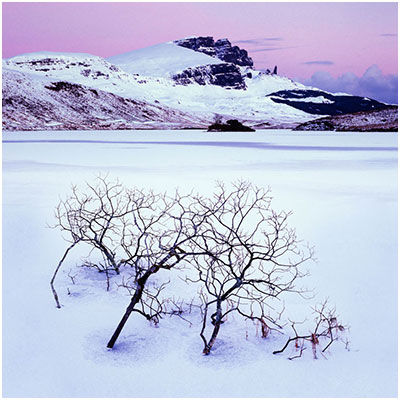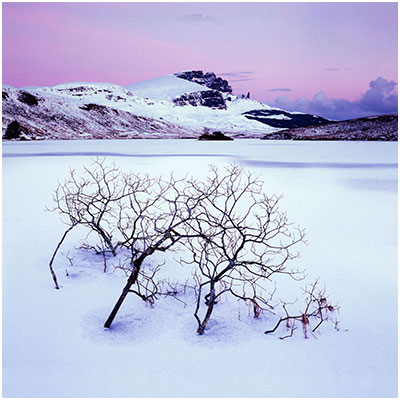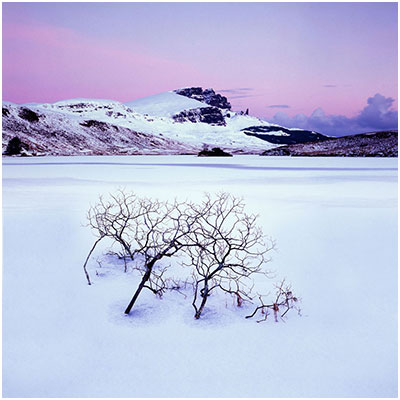Preamble: this was originally posted in February 2020. I'm reposting it here, as it's still relevant today.
When you place a grad right in front of the lens, it becomes softer, and more diffused. Consider what happens when you place a hard-grad in front of a 50mm lens:
Let’s think about this some more. In the illustration below, I show where the barrel of the lens is in relation to the actual filter that you have placed in front of the lens:
Not only are you using a small portion of the actual filter, but consider that the filter has been placed up close to the front of the lens and that the lens is focussed much further out than where the filter is. So the filter will be quite diffused as illustrated in the diagram above.
Filter gradations become more soft as the focal length increases
When you zoom-in, the filter graduation becomes softer. Let’s look at how the hard-grad is now working with a 70mm lens:
The hard-grad is becoming more diffused, and less effective as we ‘zoom in’. In essence, you are zooming into the graduation or ‘feathering’ of the grad.
As you go down the focal lengths, gradations become more defined
When we go down the focal lengths, we are essentially ‘zooming-out’ of the gradation of the filter. So it becomes more defined. However, there is still a degree of diffusion because the filter is in-front of the point of focus of the lens:
So we’ve learned that:
Hard-grads aren’t as hard as we think they are.
Hard-grads are always diffused more than we think they are going to be.
The diffusion or ‘gradation’ becomes softer as we go up the focal lengths (zoom in).
The diffusion or ‘gradation’ becomes harder as we go down the focal lengths (zoom out).
Soft Grads are very soft
For years, I always thought soft grads would be more suitable because I wouldn’t see the sudden line of the gradation, but I often found myself pushing the soft-grad all the way down, in a futile attempt to affect the sky. In my view they're too soft for most applications.
I’ve come to realise that soft-grads are only useful for when I want very soft gradations over the entire scene and that they are of little use for when I want to grad the sky only.
Consider these illustrations:
At 50mm, soft grads just apply a very gradual change across the entire frame. I find them mostly useful for images of large expanses of water or other subjects where there is a gradual change from ground to sky of around 3-stops.
Let’s consider if it’s any better if we go down the focal lengths to 24mm:
It’s slightly more defined, but still very soft.
Feathering
What we have seen is that hard grads, as well as soft grads have a degree of ‘feathering’ to them. The transition is gradual even for hard-grads.
This means that placement isn't so critical.
If you are finding your placement is bad, is more likely that you are using a grad that is too strong, rather than your problem being bad placement.
It also means that the grad isn't going to bite into mountains on the horizon so obviously, as the effect is too gradual to be noticed.
For those that do find their mountains are darkening down too much, I would suggest that it’s not the use of grads that is often the problem, it’s usually down to one of two things:
The wrong strength of grad is being applied (I’d say this is mostly the case)
The subject matter has very dark mountains and the grad has been placed a little too far down in the frame. Our eye tends to adjust and ‘not see’ the effect after a while, so when re-composing, always ‘wiggle’ the grad to see where it’s placed. Often times, it’s much lower than you intend it.
Conclusion
Firstly, grads don’t work the way we thought they do.
Hard grads are much softer than we think they are.
Placement is less critical, so long as we choose the right strength
Soft grads are very soft. I’d choose medium or hard grads over soft-grads for most of my work.
As you zoom in, grads become more diffused
As you zoom out, grads become more defined
With regards to point 4 and 5, I now own a set of Lee Filter medium grads alongside my Lee Filter hard grads (not all filter manufacturers make different degrees of gradation - hard, medium, soft). When I zoom in, I use the hard grads and when I zoom out, I use the medium grads. You may want to go one stage further and buy a set of very-hard grads. They will come into their own for focal lengths above 100mm.
6. Lastly, but most importantly, grads are more feathered than we assume. They don’t bite into the horizon as suddenly as we assume they do, and if you are finding so, then it’s most probably due to either the grad being too strong. Or it’s been placed too far down the frame. Wiggle it around to see where you’ve placed it. Often times our eyes adjust to the placement and we can’t see where the grad has been positioned. By wiggling it, we allow our eye to re-adjust to where the filter has been placed.
Finding out the right strength of filter
There are two ways to find the right strength of filter:
By trial and error (not recommended)
By learning to use your light meter and learning to read in f-stops
With point 2, I’ll reserve this for another blog posting.







